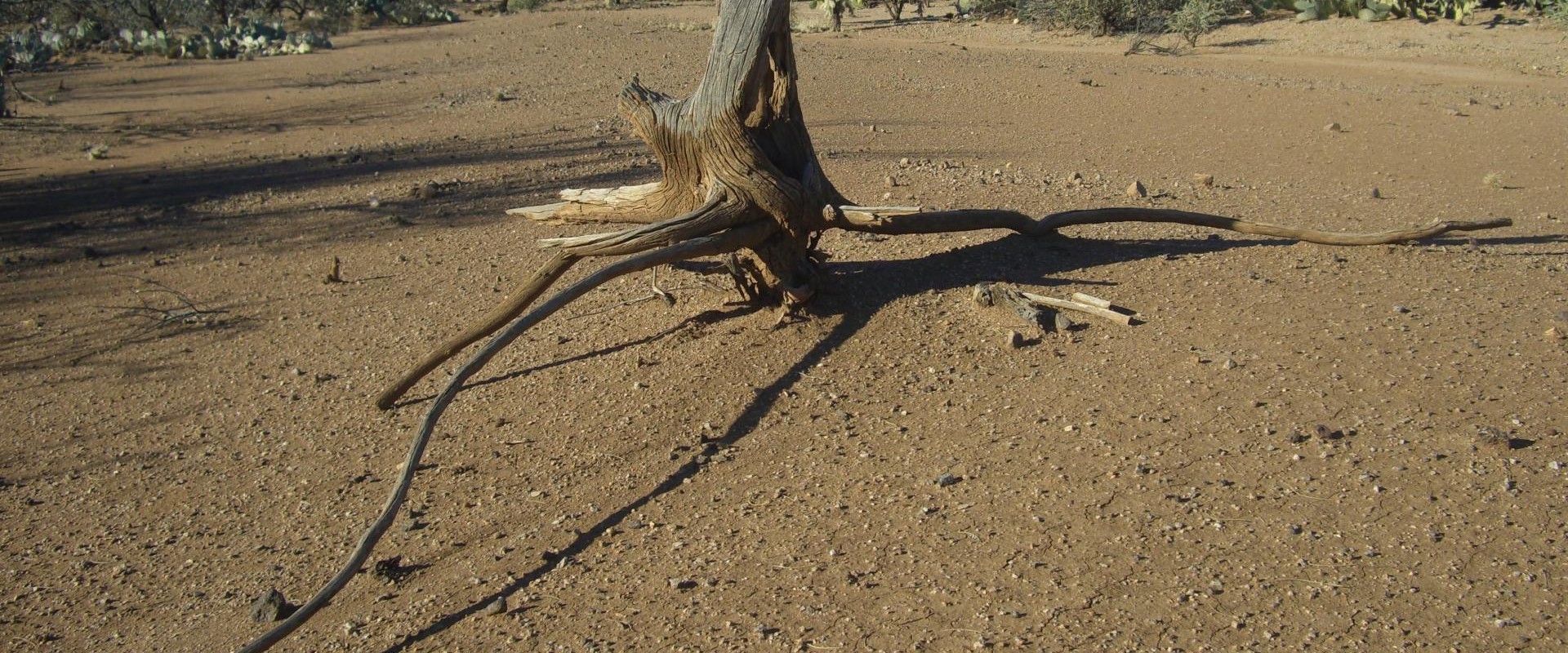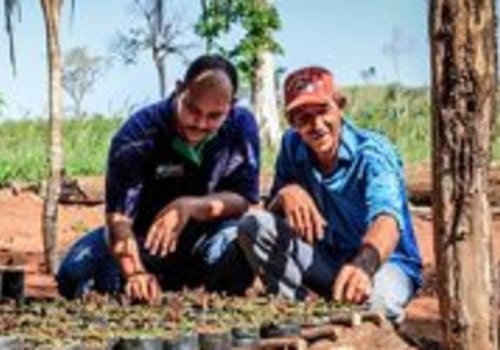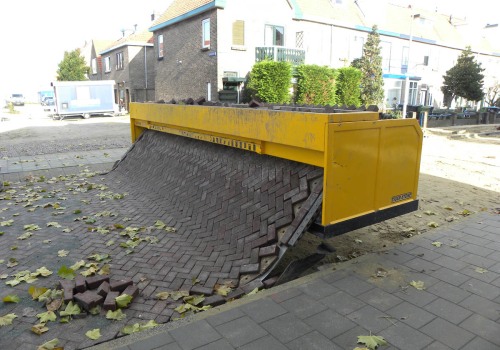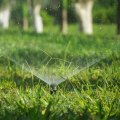The landscape plays a pivotal role in soil formation, a process influenced by various environmental factors and human interventions. The topography of an area, including its hills, valleys, and flatlands, directly affects erosion and deposition patterns, which in turn influence soil characteristics. Vegetation cover, a key component of the landscape, contributes organic matter and roots that help in soil development and structure. Moreover, human activities like landscaping and gardening can significantly alter soil composition and quality. For instance, the introduction of different plant species or amendments can change the soil's organic content and nutrient levels. In areas with specific drainage needs, interventions by professionals such as a Connecticut drainage contractor can modify the soil's water retention and drainage properties, further impacting its formation and health. Understanding the relationship between landscape and soil is crucial for effective land management and sustainable environmental practices.
The shape of the landscape, or relief, has a major influence on soil formation. This is mainly due to its effect on drainage and erosion, as well as variations in exposure to sun and wind, and air drainage. Studies have revealed significant differences between natural soil patterns under different rainfall inputs. As the amount of rainfall increases, soil patterns become more heterogeneous due to increased tree falls and water erosion.
Agricultural patterns, on the other hand, differ substantially from natural patterns, with greater variation in soil properties over larger distances and stronger correlations with land position.
Rainfall
is the primary factor that affects soil variation in natural systems, while relief is the main factor in agricultural soil patterns. This means that soil cultivation has changed the dominant factors and processes that shape soil formation, thus increasing the predictability of soil patterns. Our research highlights the potential of modeling soil and landscape evolution to simulate past and future developments in soil and landscape patterns. It also confirms that humans have become the main factor in soil formation in agricultural landscapes. In natural environments, there are different concurrent processes that occur during slow landscape change compared to intense landscape change in agricultural settings.The interactions between soil and landscape in natural environments emphasize the need to study the natural formation of soil in a landscape context rather than a pedestrian context. In undulating landscapes where several processes occur on the slopes of hills, soils must be considered three-dimensional bodies, and models of soil and landscape evolution are essential to simulate the spatial factors of soil and landscape evolution (Willgoose, 201).







